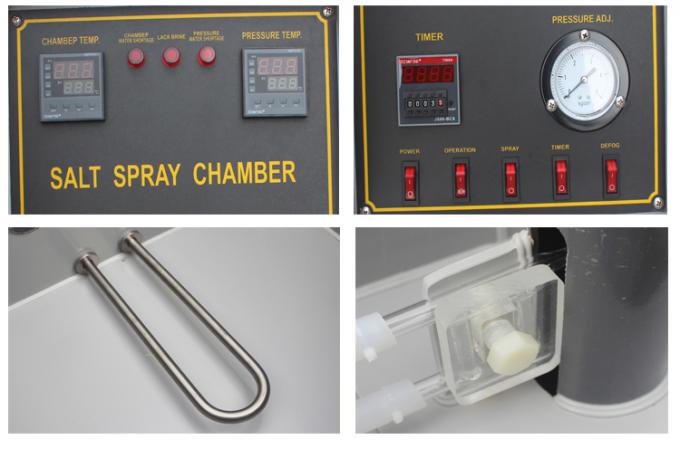- Qinsun Instruments Co., Ltd.
- Tell:+86-21-6780 0179
- Phone:+86-17740808215
- Address:No. 2578 Minhang District Gu Dai Road, Shanghai
- Contact:Mr. Li
- QQ:846490659
Selection of melting point meter

The melting point meter plays an important role in the chemical industry and pharmaceutical research, and is an essential instrument for the production of drugs, fragrances, dyes, and other organic crystal substances.
When choosing a melting point meter, the first step is to choose a melting point meter that is suitable for the testing conditions of your own sample. For example, if the sample is in powder form, you can choose a capillary melting point meter. Then, based on whether the sample is transparent after melting, whether there are requirements for the initial melting and melting distance of the sample, you can decide whether to choose a silicone oil method visual melting point meter or a fully automatic melting point meter. If it is in sheet or block form, you need to choose a microscopic melting point meter. Secondly, it is based on one's own requirements for the accuracy of the results to decide which level of instrument to choose. Basically, each melting point meter will clearly indicate the accuracy and repeatability of the instrument, as well as the measurement range of the instrument.
Secondly, it is necessary to understand the classification of melting point meters. Currently, melting point meters in China are mainly divided into capillary measurement and micro thermal table method, among which capillary measurement has two types: silicone oil method and fully automatic method. The fully automatic melting point instrument has a more user-friendly and automated detection process, greatly freeing the operator's workload. During most of the entire experimental process, the operator only needs to press a key to complete the entire experiment process, and there is no need for personnel to wait on the side. However, both the silicone oil method and the micro thermal table method require operators to stand by the instrument and observe the results. However, the fully automatic melting point meter can only produce colorless and transparent powdered samples after melting. In pharmaceutical companies, it cannot replace silicone oil melting point meters. At present, it is only used for internal quality control in pharmaceutical companies, such as incoming material inspection and intermediate physical examination.





